Alfonso Lamadrid, ECJ’s Judgment of today in case C- 170/13, Huawei v ZTE, Chillin’Competition, 16 July 2015
For a number of years many in our peculiar little world have been pretty obsessed with standard-essential patents, due to a great extent to the economic significance of the legal fight at the heart of the so-called smartphone wars.
A bit more than a year ago the Commission made binding the commitments proposed by Samsung (see here for our initial comment on these) and adopted a decision declaring an infringement on the part of Motorola, which did not receive a fine. The Commission tried to introduce clarity in a mudded area in which there were no clear precedents and in which the industry couldn’t agree by providing a safe harbour for standard implementers/willing licensees; the Commission did so by means of two individual cases, one establishing the principle (Motorola), and one articulating it in practice (Samsung).
As these cases were ongoing the European Court of Justice received a preliminary reference from the Düsseldorf District Court (Landgericht Düsseldorf), concerning the very same issues, with the difference that the Court was not being asked about fact-specificities, but about the general, broader, principles and concepts at issue. The referring Court even explicitly opposed the so-called Orange Book standard to the Commission’s reasoning in Motorola and Samsung noting that they would seemingly lead to opposite results in casu. At the time some wondered whether the Commission had done well in deciding its cases prior to the ECJ’s ruling.
The underlying national case was one in which Huawei had sought an injunction against ZTE after the two companies failed to reach a licensing agreement on FRAND terms for a patent essential to the LTE wireless broadband technology standard.
Last November AG Wathelet issued an Opinion in the case in which he essentially concurred with the Commission’s views.
That highly anticipated ruling was rendered only a couple of hours ago (see here), and it has clearly endorsed the Commission’s action in this area.
The questions posed by the referring Court were carefully drafted and structured and sought detailed guidance from the ECJ on very specific points. The ECJ’s ruling nevertheless responds to them altogether (§ 44), given that they all seek to ask one question: when is the seeking of injunctions by an undertaking with a SEP that it has committed to license to third parties on FRAND terms an abuse of dominance?
The Court starts off citing the classic case-law on definition of abuse (§ 45) and recalls the fact that exercising the rights that form part of an IPR cannot in itself constitute an abuse of dominance; an abuse will only exist in exceptional circumstances (§§ 46-47). It then goes on to identify the exceptional circumstances in the case, after noting (§ 48) that they are different from the ones found in the case-law on refusal to supply IPRs.
According to the Judgment, those exceptional circumstances in the situation at issue are (i) the indispensability of the patent (§§ 49-50); and (ii) the fact that SEP status was only achieved in return for an irrevocable undertaking to licence on FRAND terms (§§ 51-52). The Court takes the view that since these circumstances “create[s] legitimate expectations on the part of third parties that the proprietor of the SEP will in fact grant licences on such terms, a refusal by the proprietor of the SEP to grant a licence on those terms may, in principle, constitute an abuse within the meaning of Article 102 TFEU” (§53).
How do we then determine what FRAND terms are? The Court insists on the need of striking “a fair balance between the interests concerned” (a wording that sounds reminiscent of Orange Book, even if the approach in the latter Judgment is then not followed) (§ 55). In this regards, the Court acknowledges that the need to enforce IP rights provides a range of legal remedies including the right of access to Courts (§ 57), and that therefore “in principle, the proprietor may not be deprived of the right to have recourse to legal proceedings to ensure effective enforcement of its exclusive rights (…)” (§ 58).
The Court’s approach is that the irrevocable offer to grant licences on FRAND terms) cannot “negate the substance of [those] rights”, but that “it does, none the less, justify the imposition on that proprietor of an obligation to comply with specific requirements when bringing actions against alleged infringers for a prohibitory injunction or for the recall of products” (§ 59).
The Judgment then goes on to identify those “specific requirements”, namely that in order to escape 102 liability:
(1) The SEP holder must give notice or hold prior consultations –even if the SEP has already been used by the infringer- or, in other words, it must “alert the alleged infringer of the infringement complained about by designating that SEP and specifying the way in which it has been infringed” (§§ 60-62; in the latter of these paras. the Court explains the need for this requirement, which has to do with the number of SEPs in a product and the fact that a party may not be aware about possible infringements);
(2) Following the expression of the alleged infringer’s willingness to conclude a licensing agreement on FRAND terms, the proprietor is to present “a specific, written offer for a licence on FRAND terms, in accordance with the undertaking given to the standardisation body, specifying, in particular, the amount of the royalty and the way in which that royalty is to be calculated” (§ 63). The Court explains in 64 that this requirement in reality seems to already stem from the commitment to standardization body to grant licences on such terms (§ 64). The Court does not venture into the discussion of what is fair or not, but notes that the proprietor knows the content of other licensing contract and can (should) operate guided by the principle of non-discrimination (§ 64).
(3) It would then be for the alleged infringer “to respond to that offer, in accordance with recognised commercial practices in the field and in good faith, a point which must be established on the basis of objective factors and which implies, in particular, that there are no delaying tactics” (§ 65) [Comment: This is perhaps the most unclear part of the Judgment]. In this sense, the alleged infringer will only be able to bring an abuse of dominance claim against the injunction if it has submitted to the proprietor of the SEP in question, promptly and in writing, a specific counter-offer that corresponds to FRAND terms (§ 66) [Comment: I understand how the Court favours defining FRAND terms on the part of the holder by reference to non-discriminatory conditions, but it is unclear to me what FRAND terms are from the perspective of the alleged infringer].
The Court also adds that when the alleged infringer is using the teachings of the SEP prior to concluding an agreement, it should, “from the point at which its counter-offer is rejected, to provide appropriate security, in accordance with recognised commercial practices in the field” which must include, among others, the numbers of past acts of use (of which it must be able to render account) (§ 67).
(4) In case of no agreement after this round of offer and counter-offer, “the parties may, by common agreement, request that the amount of the royalty be determined by an independent third party, by decision without delay” (§ 68). [Comment: the Judgment reads “may”, but it sort of reads as intending to be saying “shall”; also, query: what are the implications of the “by common agreement” qualification?
(5) The Court also takes into account the public interest in having invalid or non-truly-essential patents identified as well as the right to effective judicial protection and states, in a nutshell, that the alleged infringer shall not be banned from challenging the validity, essential nature of the patents and /or their actual use (§ 69). [Comment: once again the Judgment resorts to soft wording (i.e “an alleged infringer cannot be criticized for…”) when it seems to mean something clearer (i.e. “the alleged infringer must be free to…”)]
More comments:
– Interestingly, whereas the Judgment reads as if these were 5 cumulative conditions, as I read them I got the impression that requirements 4 and 5 were not given the same relevance. As observed in the comments above, the drafting seems to be softer, alluding to facultative possibilities or elements that “may” be taken into consideration, as opposed to 1, 2 and 3 that “must” be required. This impression seems to be confirmed by § 71, which in summarizing the Court’s response does only refer to requirements 1 to 3.
In many ways, it would seems as if the Court had included (4) and (5) as a way of endorsing the Commission’s approach in Motorola and particularly in Samsung.
An open question that remains relates to requirement (4) and the relevance of third party determination given the wording used (i.e. “may”, “by common agreement”, etc).
– Remarkably, there is nothing on the Judgment about the alleged applicability of the ITT Promedia standard for “sham litigation”. As visible from the above, the Court does not approach the case in terms of shams (nor of refusal to supply), but in terms of self-imposed constraints on the right of access to Courts (one more example of the “estoppel abuse” theory identified by Kevin Coates?)
– Also of interest is the Court’s response to Question 5, in which it clarifies that all the above applies only to actions that can prevent products manufactured by competitors to appear or remain on the market (§§ 73-74) and not to other actions (such as those seeking the rendering of accounts in relation to past acts of use of that SEP or an award of damages in respect of those acts of use).
– I’m not sure that the Court has responded to everything in the manner wished by the referring Court (notably, what’s FRAND remains unclear), but I’m pretty sure that it is a strong endorsement to the Commission, the only noteworthy addition being perhaps the reply to question 5.
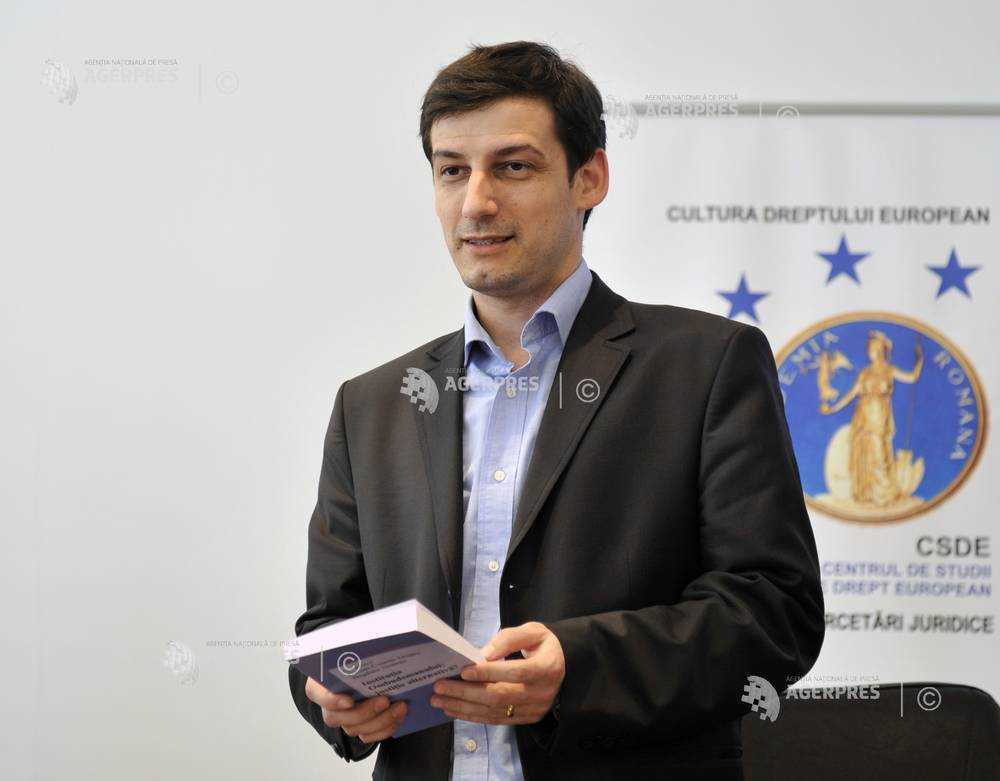


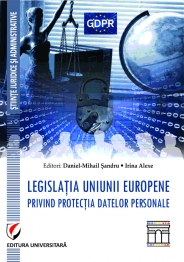





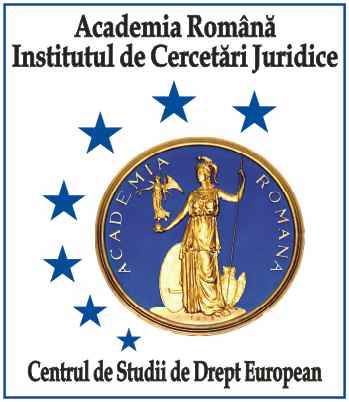
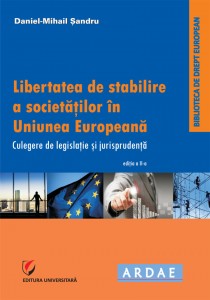
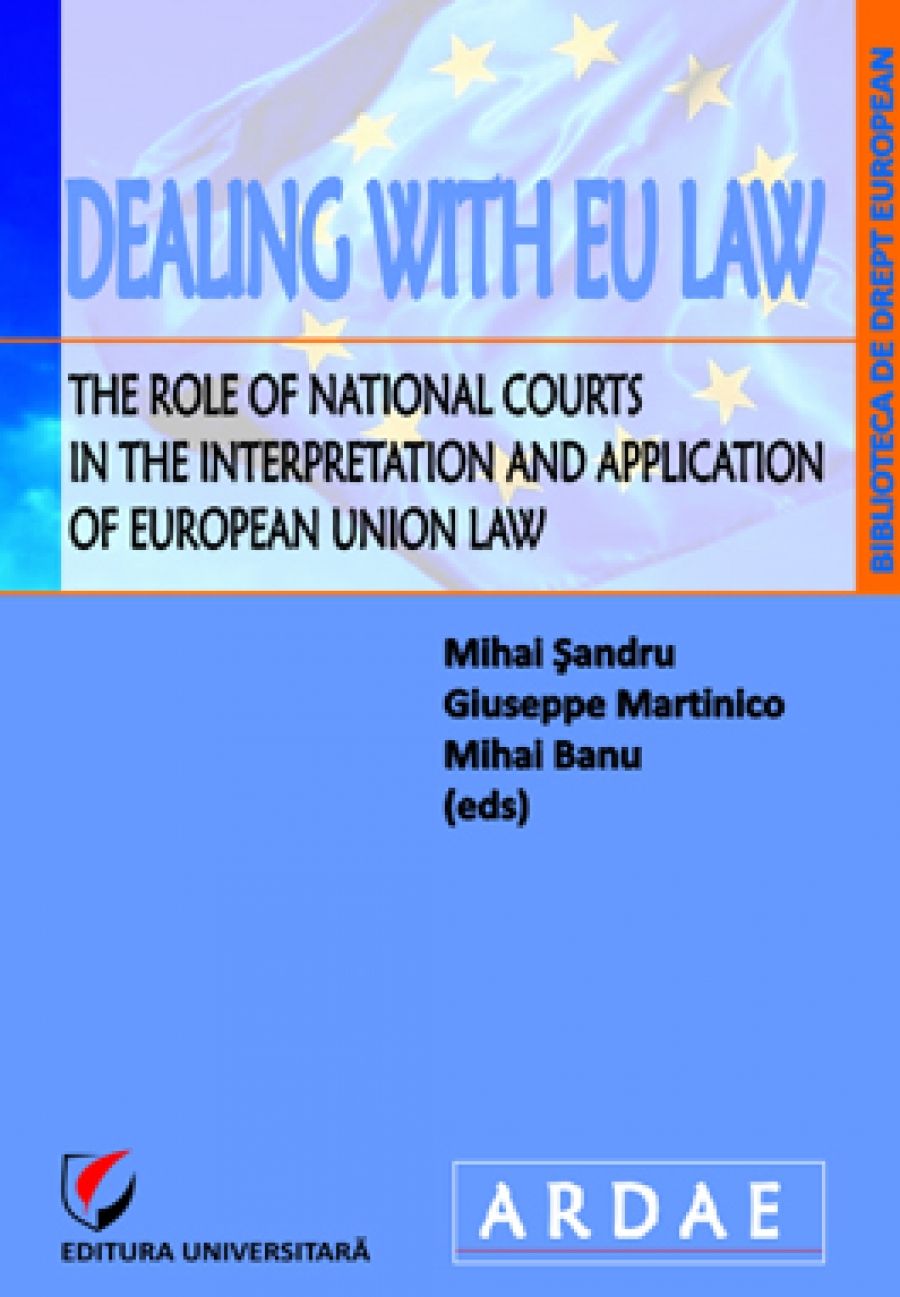

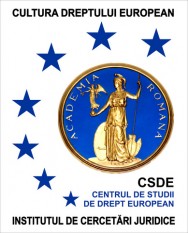














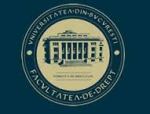


Lasă un comentariu